In this rapidly evolving digital landscape, live streaming has become an integral part of how we connect and share content with a global audience. At the core of a seamless live streaming experience is the hardware encoder – a device that translates audio and video into digital formats for real-time broadcasting. As we navigate through the year 2024, we’ll explore the top hardware encoders available, highlighting their features and benefits to help you make informed decisions for your live streaming endeavors.
What is a Live Streaming Encoder?
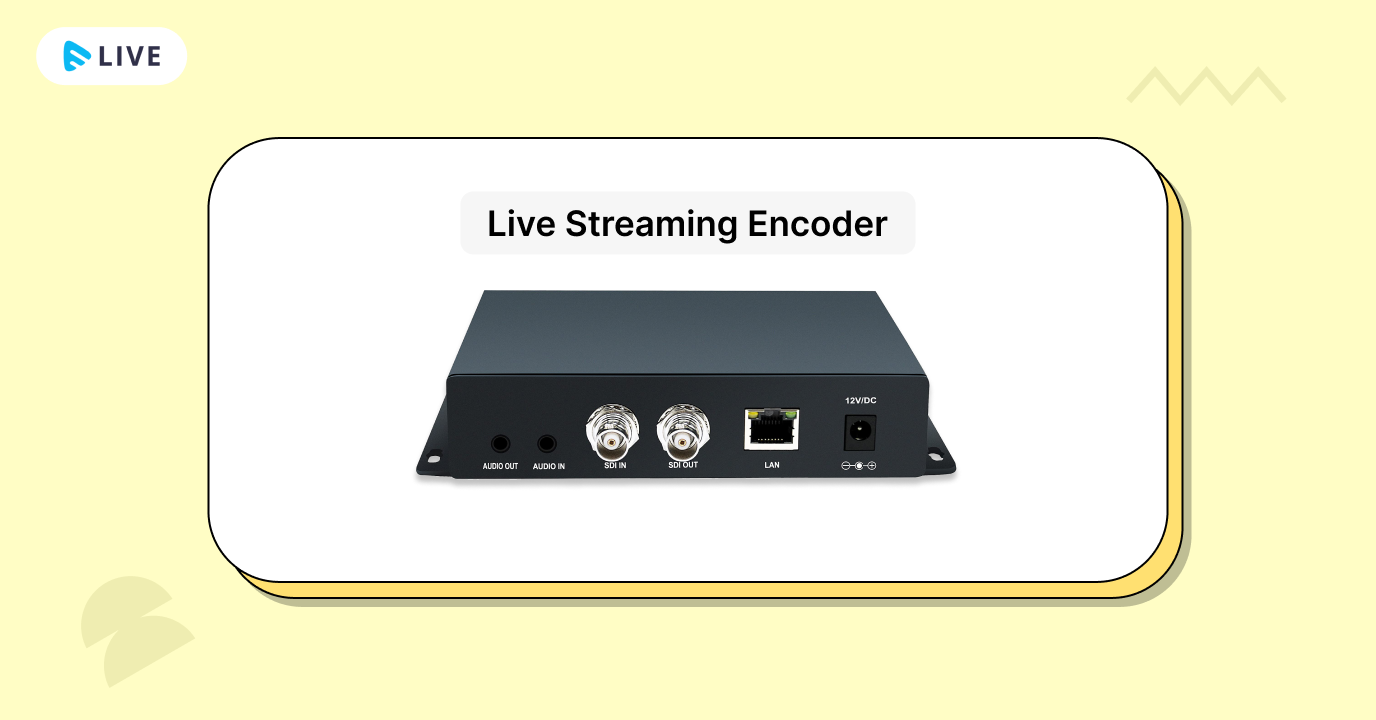
A live streaming encoder is a device or software application responsible for converting audio and video content into digital formats suitable for real-time broadcasting over the internet. It prepares the content for transmission to online platforms, allowing viewers from around the world to watch events, presentations, performances, and other types of content in real time.
In essence, a live streaming encoder takes raw audio and video feeds, processes and compresses them into formats that are optimized for streaming, and then sends them to streaming platforms or content delivery networks (CDNs). This process ensures that the content is efficiently transmitted over the internet and can be viewed by viewers on various devices, such as computers, smartphones, smart TVs, and more.
Live streaming encoders can be both hardware and software-based. Hardware encoders are standalone devices specifically designed for encoding purposes, while software encoders are applications that can be installed on computers or mobile devices. These encoders offer various settings and options to adjust video quality, resolution, bitrates, and other parameters, allowing content creators to tailor the streaming experience to their audience and available internet bandwidth.
Difference Between Software and Hardware encoders
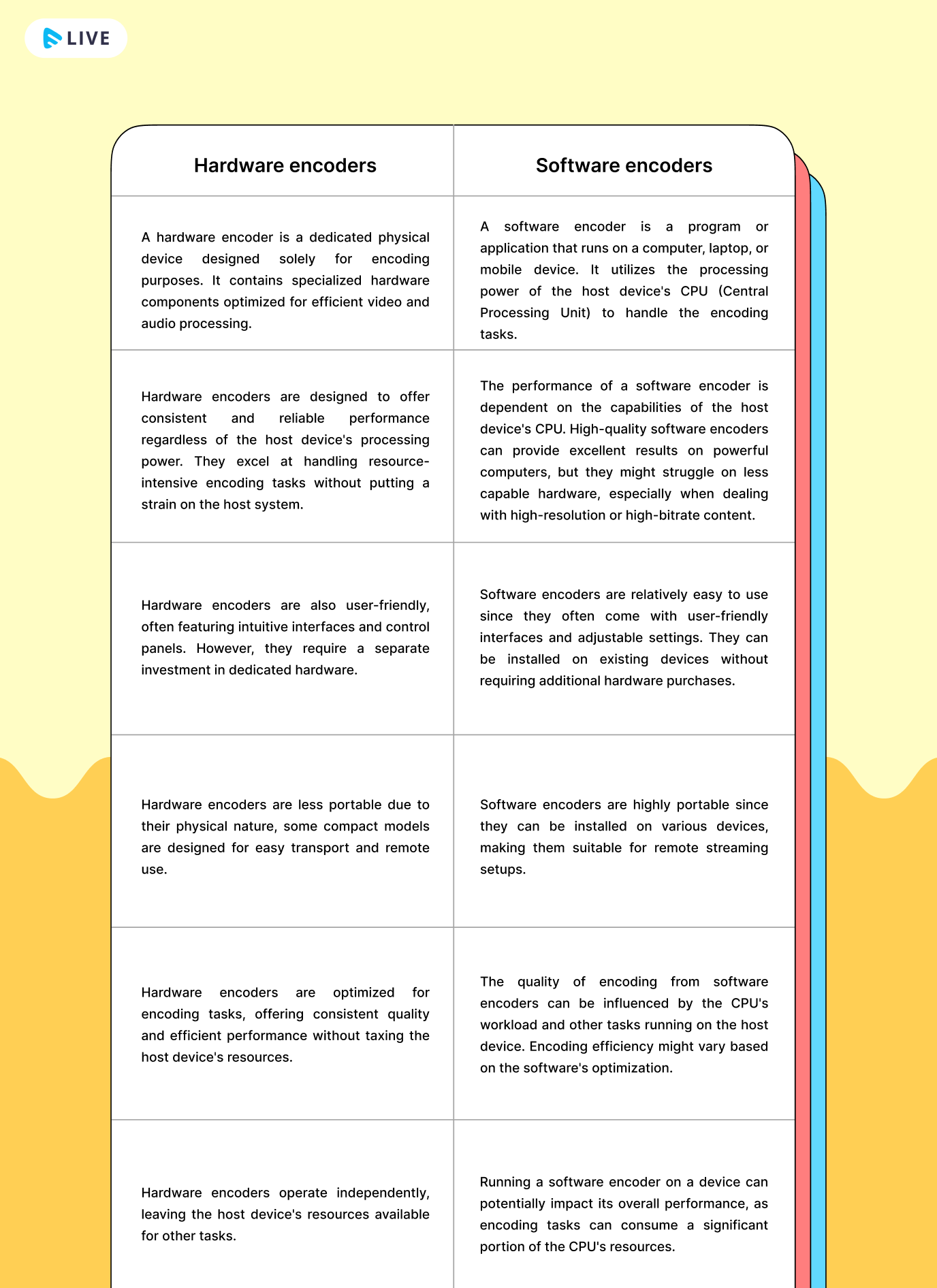
Purpose of Encoding
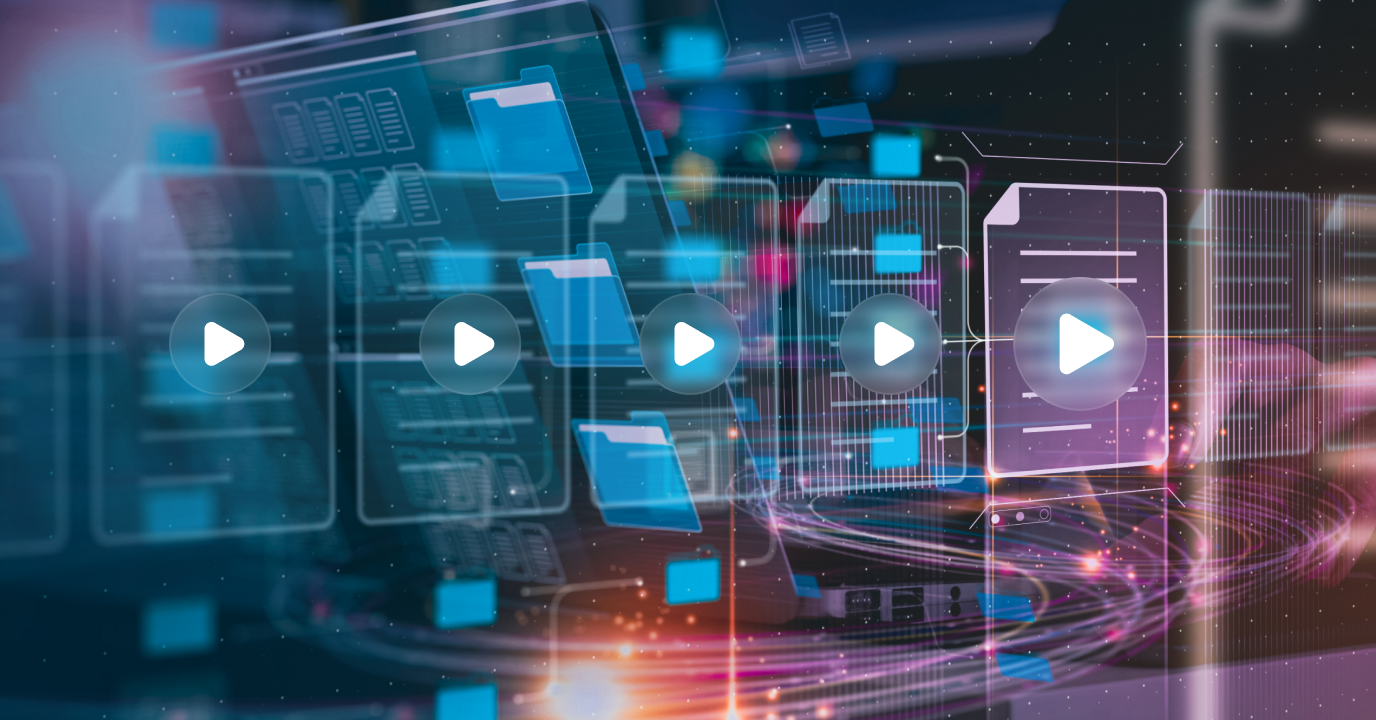
The purpose of encoding, in the context of live streaming and digital media distribution, is to convert raw audio and video content into a format that is suitable for efficient transmission and playback over various communication networks and devices. Encoding serves several important purposes:
- Compression: Raw audio and video files are often large and can be impractical to transmit and store as they are. Encoding involves compressing these files using various algorithms, reducing their size while maintaining an acceptable level of quality. This compression is crucial for efficient data transmission and storage.
- Data Reduction: Compressed files require less bandwidth and storage space, making it feasible to transmit and stream content over the internet and other networks. This is especially important for live streaming, where real-time transmission of content to viewers around the world is the goal.
- Bandwidth Efficiency: By compressing content, encoded files require less data to be transmitted. This is vital for live streaming, as it allows for smoother playback even with varying internet connection speeds. Viewers with limited bandwidth can still access the stream without excessive buffering.
- Adaptability: Encoded content can be delivered to a variety of devices with different screen sizes, resolutions, and processing capabilities. Different versions of the content can be encoded to cater to various devices and network conditions, ensuring a consistent viewing experience for all viewers.
- Error Handling: Encoded files are often equipped with error correction codes, which help mitigate the impact of data transmission errors. This ensures that even if some packets of data are lost or corrupted during transmission, the playback can still be smooth and uninterrupted.
- Compatibility: Different devices and platforms support various audio and video codecs (compression-decompression algorithms). By encoding content into widely supported codecs, the likelihood of compatibility issues is reduced, allowing more viewers to access the content.
- Real-Time Streaming: For live streaming, encoding enables content creators to transmit their content in real time, allowing viewers to watch events as they happen. This process requires rapid compression and transmission to ensure minimal delays between the live event and what viewers see on their screens.
- Archiving and Storage: Encoded files are more manageable in terms of storage requirements. This is essential for archiving purposes, as it enables efficient long-term storage of recorded streams and other media content.
Why use a Live Streaming Encoder?

Using a live streaming encoder offers several key benefits that enhance the quality, reliability, and efficiency of live streaming experiences. Here’s why you should consider using a live streaming encoder:
Optimized Transmission: A live streaming encoder converts raw audio and video content into formats optimized for efficient transmission over the internet. This ensures that your content reaches viewers with minimal buffering and delays, providing a smooth viewing experience.
Bandwidth Efficiency: Encoders compress the content, reducing the amount of data that needs to be transmitted. This is especially important for viewers with limited bandwidth, as it allows them to enjoy the stream without experiencing significant lag or interruptions.
Quality Control: Live streaming encoders enable you to adjust encoding settings to match your content’s quality and your audience’s internet capabilities. You can choose the appropriate resolution, bit rate, and other settings to ensure the best viewing experience for your audience.
Multi-Platform Compatibility: Encoders often support various streaming platforms and content delivery networks (CDNs). This means you can stream to multiple platforms simultaneously, expanding your reach and engagement with your audience.
Real-Time Interaction: Live streaming encoders often integrate features that allow real-time interaction with viewers, such as chat integration, polls, and overlays. This engagement enhances the viewer experience and helps build a sense of community.
Professional Presentation: Encoders offer features like scene transitions, overlays, and graphics that enhance the overall presentation of your live stream. This is particularly important for businesses, educators, and content creators aiming for a polished and professional look.
Secure Streaming: Many encoders offer secure streaming options, including encryption and access control, ensuring that your content is only viewed by intended audiences.
Reliability: Dedicated hardware encoders are designed for encoding tasks, offering consistent performance and reliability. They are less likely to be affected by other tasks running on your computer or device.
Remote Streaming: With the rise of remote work and events, encoders enable you to stream from remote locations. Some hardware encoders are portable and can be easily transported for on-the-go streaming.
Archiving: Encoders often provide options to record your live stream while encoding it. This allows you to create an archived version of your stream that can be shared or rewatched later.
Monetization: For businesses and content creators, certain platforms offer monetization options for live streaming. Using an encoder can help you navigate these features and generate revenue from your content.
10 Best Hardware encoders for live streaming
Teradek Vidiu X
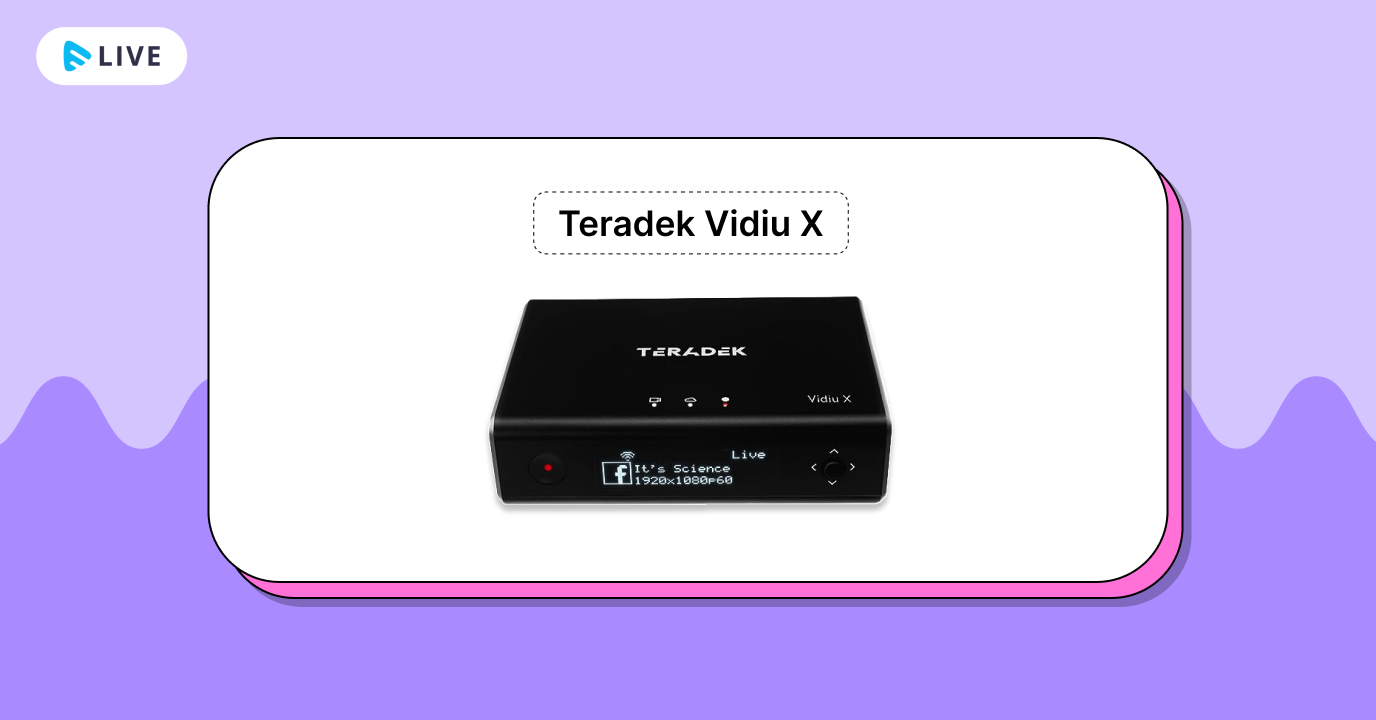
Built upon the foundation of cutting-edge technology and meticulous engineering, the Teradek Vidiu X is designed to cater to the diverse needs of content creators, businesses, educators, and professionals seeking to broadcast their messages to a global audience with unparalleled quality and reliability. At its core, the Teradek Vidiu X encapsulates the essence of efficiency and innovation. Equipped with high-performance encoding capabilities, it transforms raw audio and video feeds into optimized digital formats, ensuring seamless transmission and playback across a spectrum of devices and network conditions.
Features
- High-performance hardware encoder for live streaming.
- Efficiently converts audio and video into optimized digital formats.
- Seamless transmission and playback across various devices.
- Supports multiple streaming platforms and CDNs.
Pros
- Versatile compatibility with various streaming platforms and CDNs.
- User-friendly interface simplifies setup and configuration.
- Enhances viewer engagement with interactive features.
- Suitable for a wide range of content creators and professionals.
Cons
- Relatively higher cost compared to some software-based solutions.
- Limited availability of advanced features present in more specialized encoders.
- May require additional accessories for specific use cases (e.g., extra cables, power options).
Blackmagic Design ATEM Mini Pro
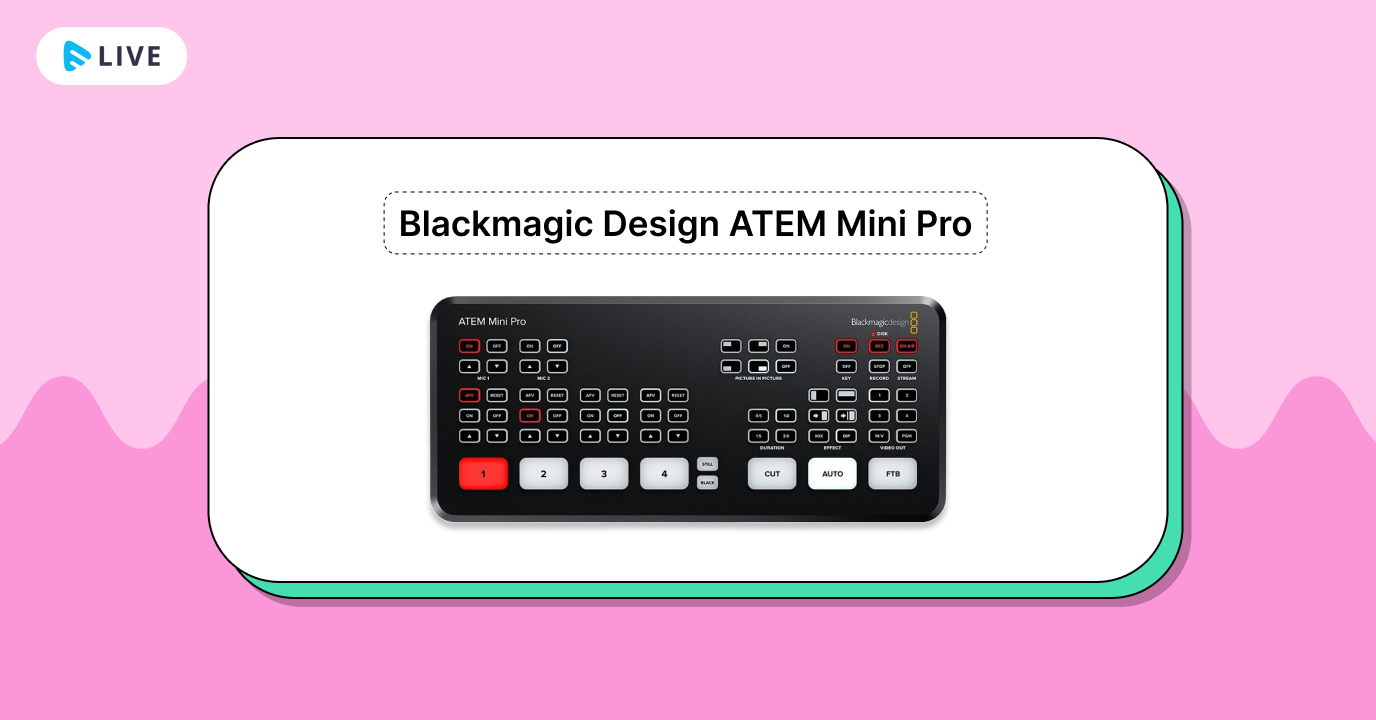
ATEM Mini Pro emerges as a dynamic hardware encoder that reshapes the way content creators, professionals, and enthusiasts engage with their audiences in real time. Embodied with cutting-edge technology and a robust feature set, the ATEM Mini Pro is poised to empower users with unparalleled control over their streaming experiences. At its core, the ATEM Mini Pro redefines the art of live streaming by seamlessly integrating a multitude of features.
Features
- Live Production Switcher
- 4 HDMI Inputs
- Streaming and Recording
- Multiview Monitoring
- Built-in Encoder
Pros
- Live Production Power
- Multi-Camera Switching
- Streaming Simplicity
- Recording Capability
Cons
- No SDI Inputs
- Audio Limitations
- Ethernet Dependency
LiveU Solo
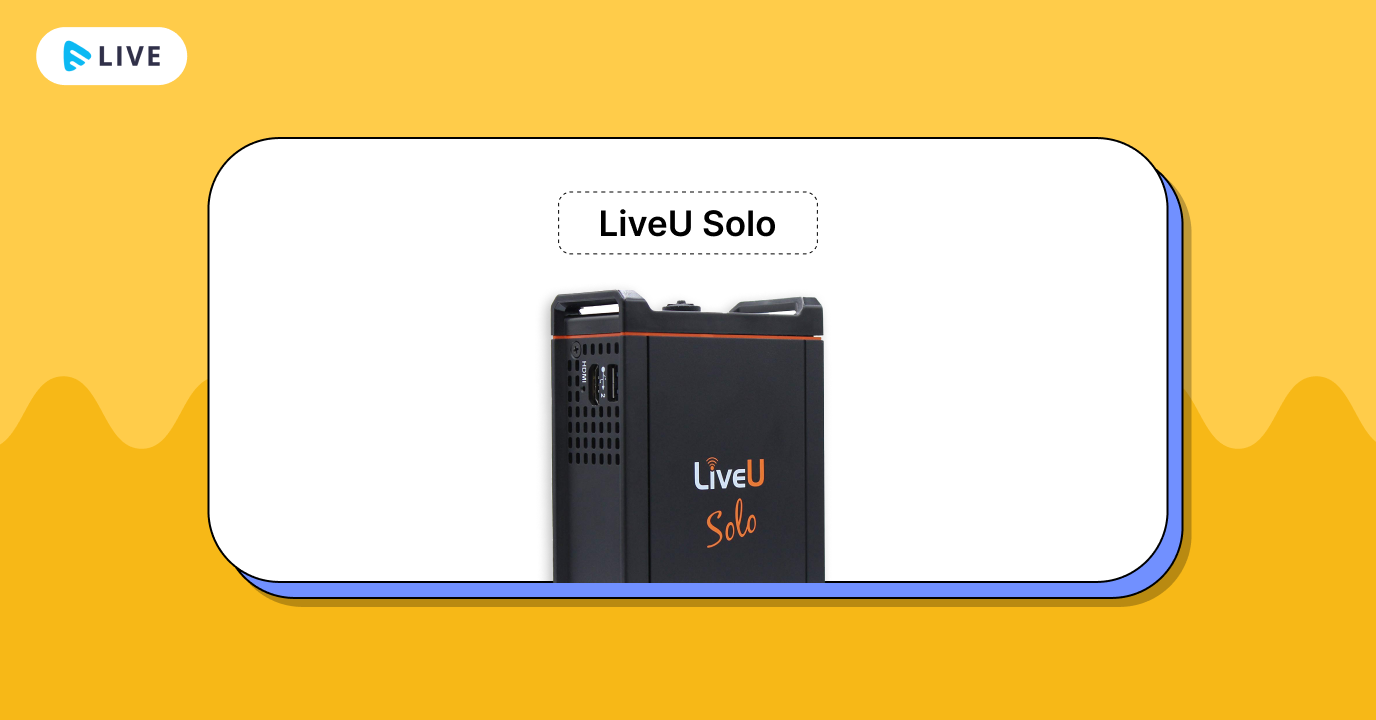
The LiveU Solo stands as a cutting-edge hardware encoder, designed to revolutionize live video streaming for both professional broadcasters and content creators. This compact and portable device offers a range of features that empower users to deliver high-quality live video content from virtually anywhere, transcending the boundaries of traditional broadcasting setups.
Features
- Streaming Freedom
- Multiple Network Bonding
- Plug-and-Play Simplicity
- Remote Control and Monitoring
Pros
- High-Quality Streaming
- Multi-Platform Support
- Versatile Connectivity
- LiveU Reliable Transport (LRT)
Cons
- Complex Setup
- Network Limitations
- Dependency on Cellular Data
- Single Input
VidiU Go
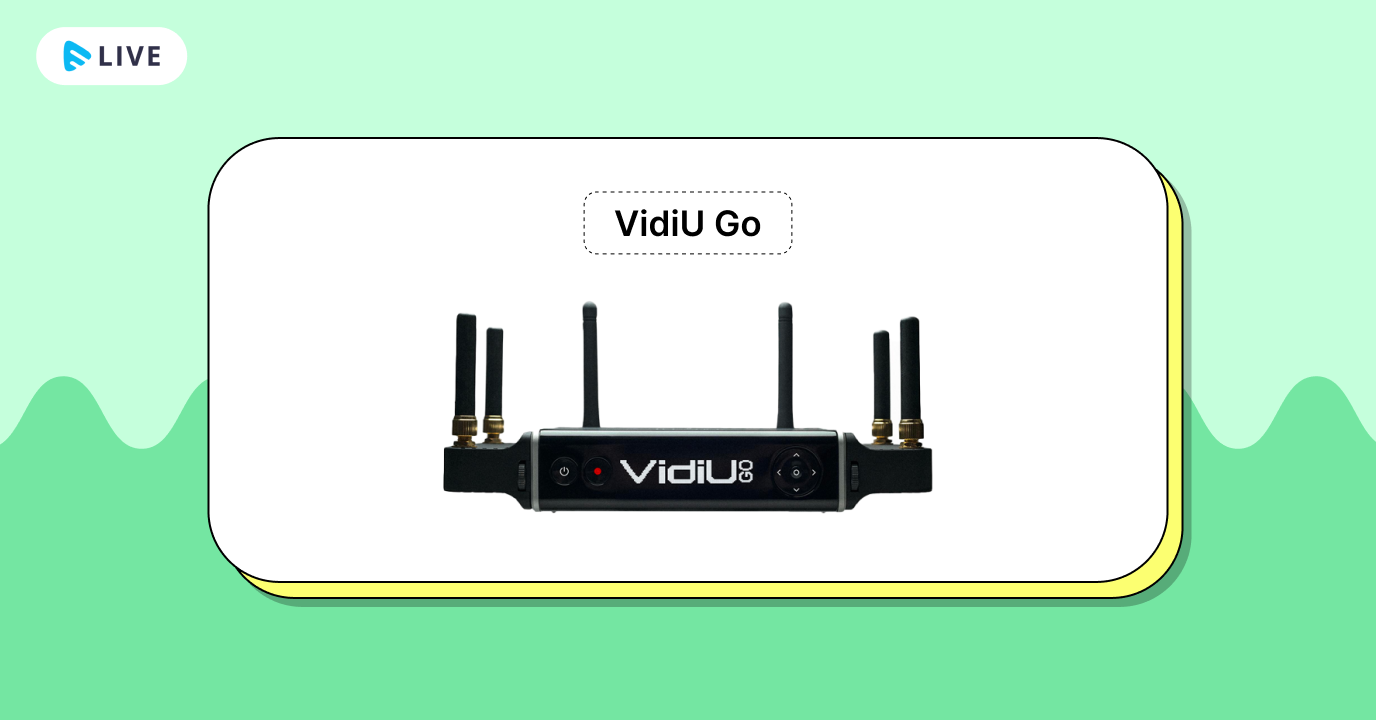
The VidiU Go is a sophisticated hardware encoder that redefines the way content creators, broadcasters, and streaming professionals’ approach live video broadcasting. With its advanced capabilities and versatile design, the VidiU Go empowers users to seamlessly transmit high-quality live video content from virtually any location to a global online audience.
Features
- VidiU Go is a portable live streaming encoder and transmitter.
- Supports multiple internet connections for reliable streaming.
- Offers HDMI and SDI video input for various camera setups.
- Can stream to multiple platforms simultaneously.
- Provides bonded streaming for enhanced stability and quality.
Pros
- Integrated LCD screen for easy setup and monitoring.
- Supports adaptive bitrate streaming for varying network conditions.
- Compatible with various streaming platforms and content delivery networks.
Cons
- Relatively high cost compared to simpler streaming solutions.
- Learning curve for setup and configuration, especially for beginners.
- May require a stable and robust internet connection for optimal performance.
- Limited support for certain streaming platforms or CDN (Content Delivery Network) services.
Pearl2 Encoder
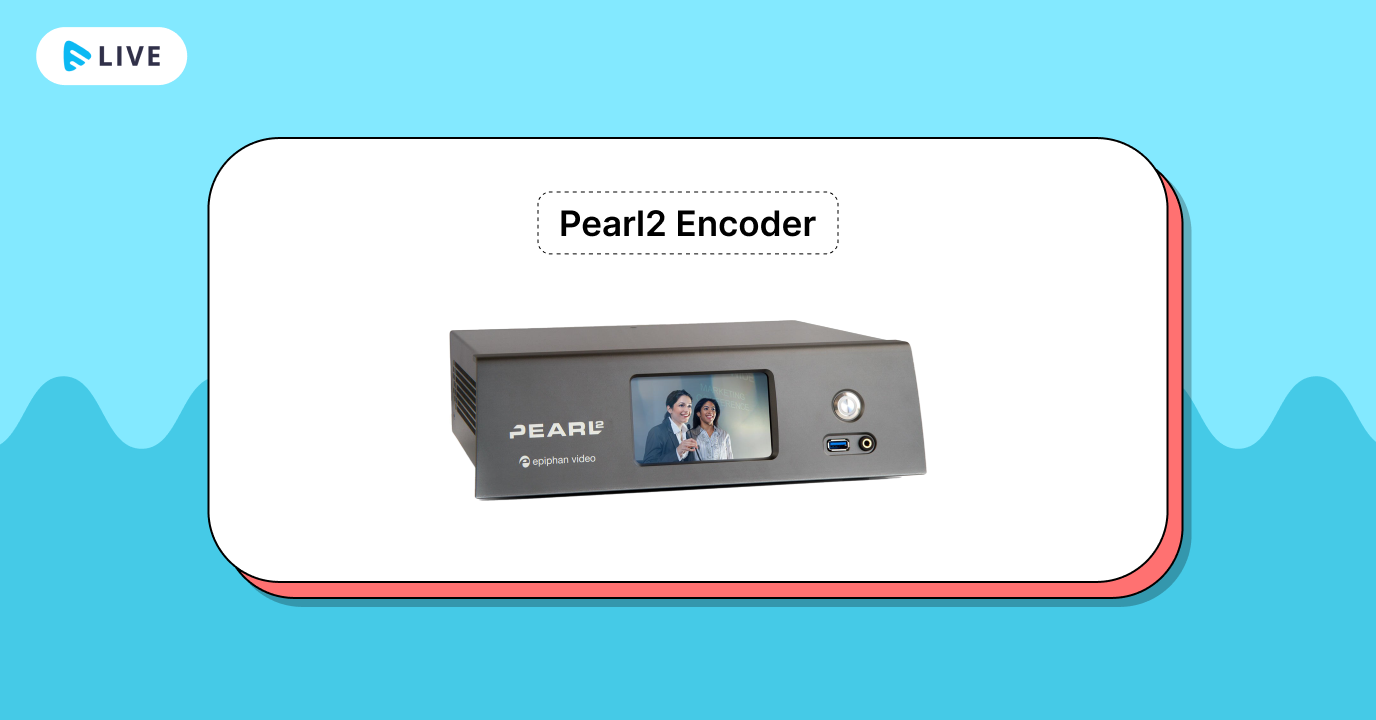
Pearl-2 is a hardware video encoder and streaming appliance designed to cater to the needs of professional video production and live streaming scenarios. Developed by Epiphan Video, Pearl-2 is built with robust features to ensure high-quality encoding, multi-source video mixing, and versatile streaming capabilities.
Features
- Multi-Source Video Mixing
- Encoding and streaming in various formats
- Touchscreen Interface
- Custom Layouts and Graphics
Pros
- Dedicated and optimized hardware for reliable encoding.
- Consistent performance without resource competition.
- Streamlined setup and operation.
- Standalone solution, not dependent on external factors.
Cons
- Limited Flexibility
- Scalability
- Maintenance and Upgrades
- Limited Feature Set
ATEM Mini Pro
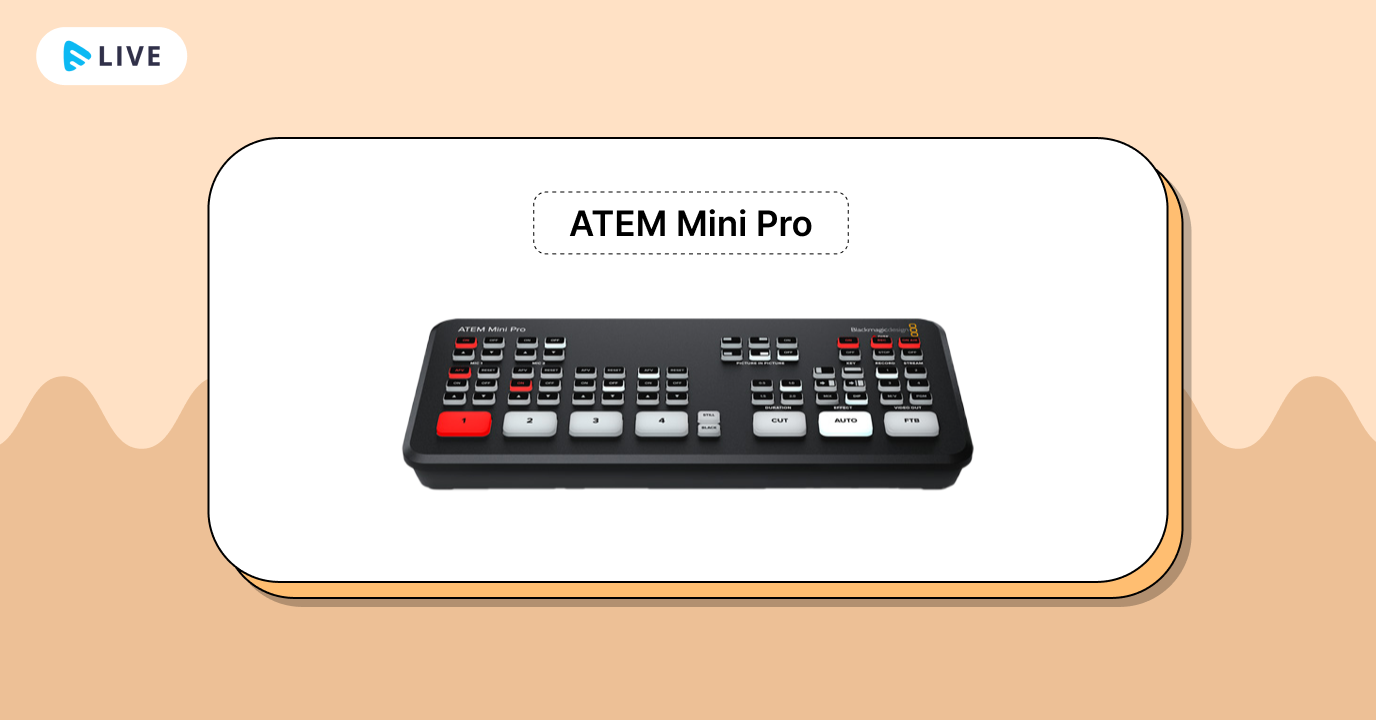
The ATEM Mini Pro is a hardware encoder designed and manufactured by Blackmagic Design, a company known for its professional video production equipment and software. The ATEM Mini Pro is specifically tailored to meet the needs of content creators, live streamers, and small-scale production setups, allowing them to produce high-quality live broadcasts with ease.
Feature
- Multi-Camera Switching
- Live Streaming
- Advanced Control
- Graphics and Overlays
- Audio Mixing
- Recording
Pros
- Recording capability onto external USB drives.
- Multi-view output for easy source monitoring.
- Chroma keying for creative virtual backgrounds.
- Compact and portable design.
- Simplifies live production setup for content creators.
Cons
- Limited to HDMI inputs, not suitable for SDI-based setups.
- No built-in screen for previewing sources.
- Might require additional equipment for advanced features.
- Lower scalability compared to larger production switchers.
Asus TUF GAMING GeForce RTX™ 3090
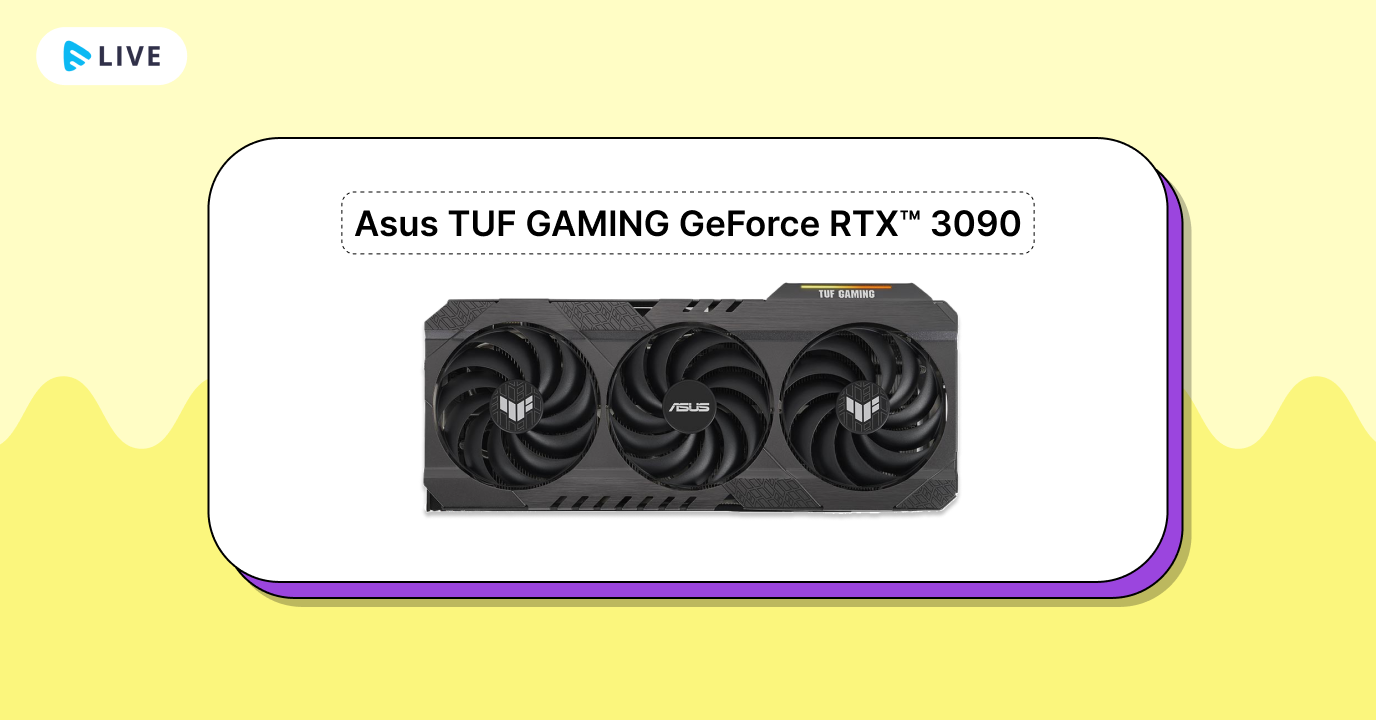
The Asus TUF GAMING GeForce RTX™ 3090 is a high-performance graphics card primarily designed for gaming, content creation, and professional applications. While it’s not specifically designed as a dedicated hardware encoder like certain video production devices, it does offer powerful hardware capabilities that can be harnessed for encoding tasks, including live streaming and video production.
Feature
- NVIDIA NVENC Encoding
- Live Streaming
- Video Production
- Real-time Rendering
- AI-Enhanced Features
Pros
- Compatible with various video editing and streaming software.
- Ray tracing and DLSS capabilities for improved visual quality.
- Robust cooling solutions for temperature management.
- Suitable for content creators, 3D artists, and professionals.
- Future-proofing for upcoming software and gaming advancements.
Cons
- Large physical size, might not fit in all PC cases.
- Limited availability during high demand periods.
- Overkill for casual gamers or standard productivity tasks.
- Limited improvement in gaming performance over lower-priced options.
Datavideo NVS-35
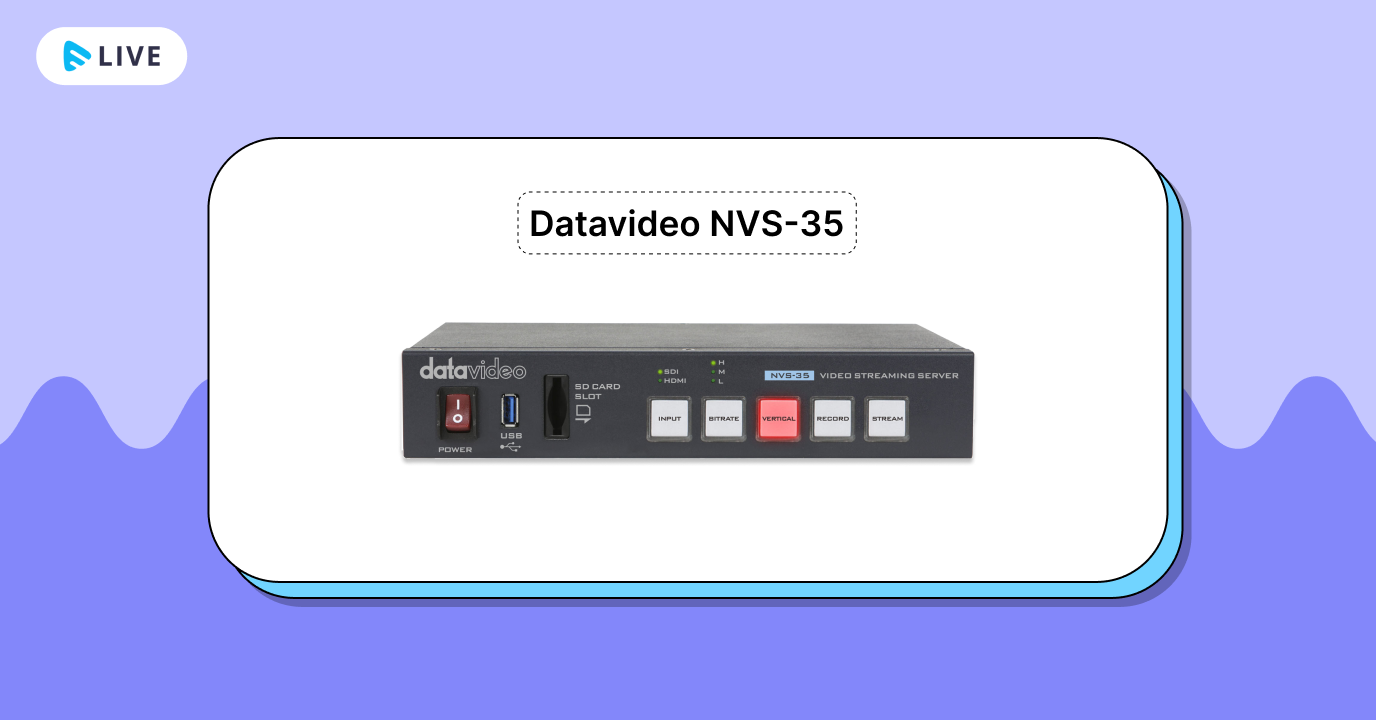
The Datavideo NVS-35 is a hardware encoder designed to facilitate live streaming and video recording in professional settings. It is manufactured by Datavideo, a company known for its video production and broadcasting equipment. The NVS-35 is tailored for users who require a dedicated device to encode, stream, and record video content efficiently and reliably.
Features
- Video Encoding
- Versatile Inputs
- Live Streaming
- Video Recording
- Encoding Formats
Pros
- Hardware-based video encoding for efficient processing.
- Versatile inputs including HDMI, SDI, and composite video.
- Seamless live streaming to popular platforms.
- Simultaneous recording for backup and on-demand content.
- Support for various encoding formats, including H.264 and H.265.
Cons
- Limited to streaming and recording functions.
- Might require additional accessories for certain setups.
- Learning curve for users new to hardware encoders.
- Limited compatibility with specialized or niche platforms.
URayCoder Wired 1080P H.264 HDMI Video Encoder
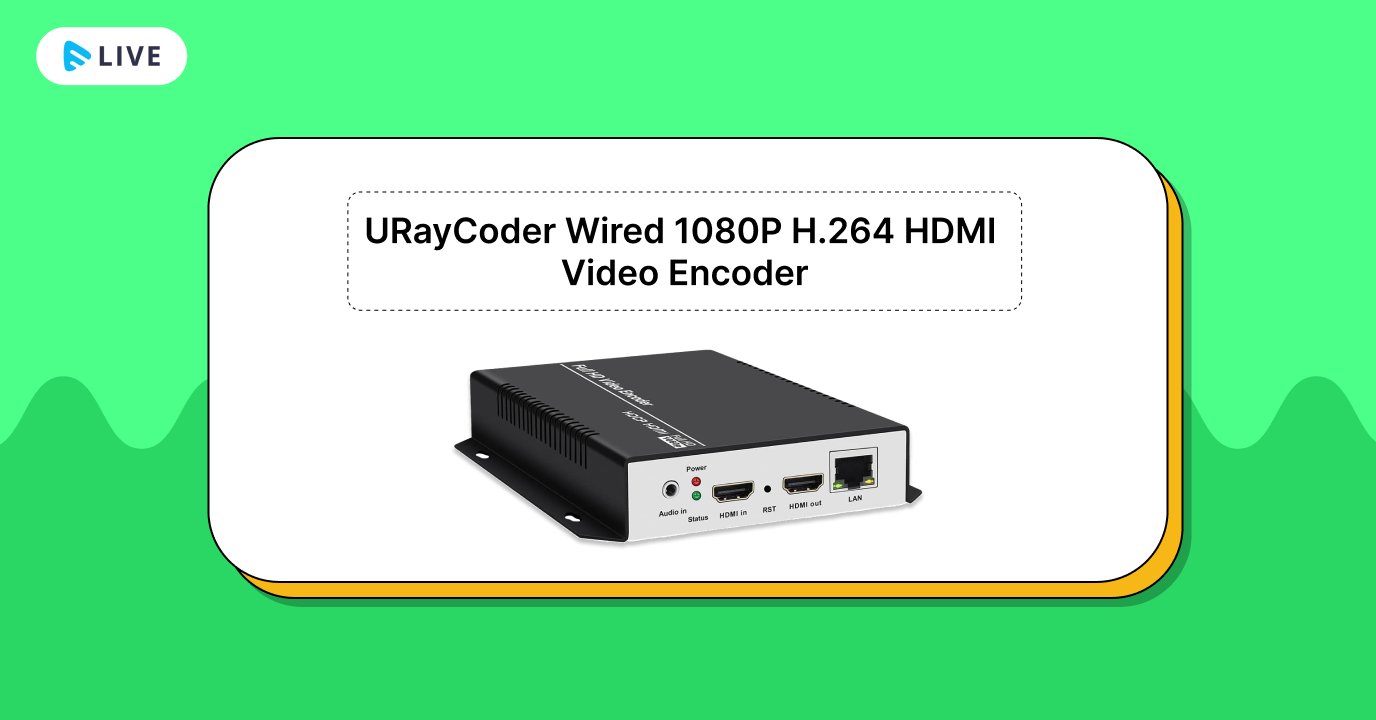
The URayCoder Wired 1080P H.264 HDMI Video Encoder is a hardware encoder designed to convert high-definition video signals into compressed H.264 format for various streaming and broadcasting applications. This encoder is manufactured by URayTech, a company specializing in video and audio processing solutions. The URayCoder Wired 1080P H.264 HDMI Video Encoder is particularly tailored for users who need an efficient and reliable device to encode and transmit video content over IP networks.
Features
- Full HD Resolution
- Low Latency
- IP Network Transmission
- Bitrate Control
Pros
- Efficient H.264 video encoding for streaming.
- Full HD (1080p) resolution support.
- Low latency for real-time applications.
- Transmission over IP networks for remote broadcasting.
- Adjustable bitrate control for optimized video quality.
Cons
- No built-in Wi-Fi connectivity.
- Potential learning curve for users new to hardware encoders.
- Limited to single-source encoding (not suitable for multi-camera setups).
Epiphan Pearl Nano
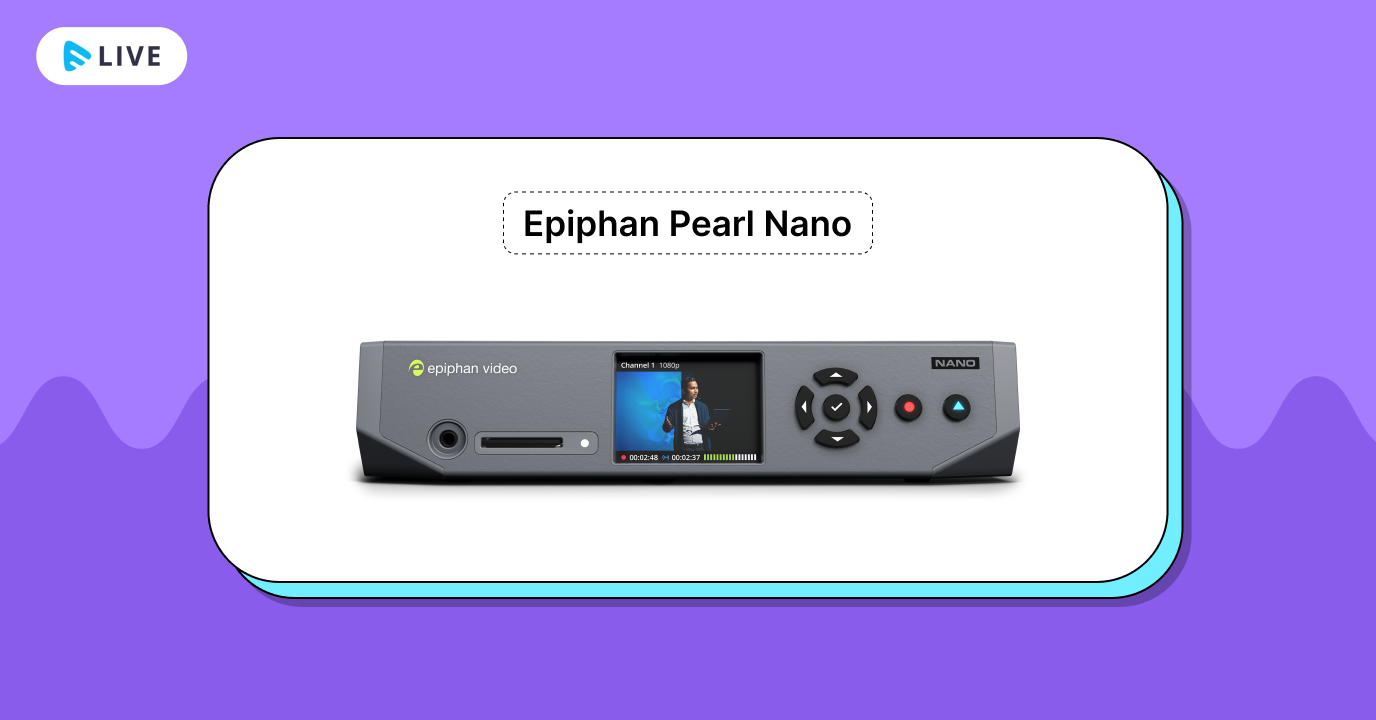
The Epiphan Pearl Nano is a hardware encoder and streaming device designed to provide professional-grade video capture, encoding, and streaming capabilities in a compact form factor. Manufactured by Epiphan Systems, the Pearl Nano is targeted at users seeking a reliable solution for live streaming, video recording, and content creation, with a focus on simplicity and efficiency.
Features
- Multi-Function Device
- Multiple Video Inputs
- H.264 and H.265 Encoding
- Full HD Resolution
- Simultaneous Recording and Streaming
Pros
- All-in-one solution for video capture, encoding, and streaming.
- Multiple video input options (HDMI, SDI, USB).
- Supports H.264 and H.265 encoding for optimal compression.
- Full HD (1080p) resolution for high-quality visuals.
- Simultaneous recording and streaming capabilities.
Cons
- Relatively higher cost compared to basic encoders.
- Limited scalability for large-scale productions.
- Potential learning curve for users new to hardware encoders.
Conclusion
Selecting the best hardware encoder for live streaming involves a careful balance of features, performance, and suitability for specific streaming needs. If you are in search of encoders, choosing software encoders over hardware would be a wise decision. Software encoders tend to offer a wide range of features and customization options. They often support multiple encoding formats, resolutions, and advanced effects. They can be easily integrated with other software applications, such as video editing and graphics software. If you’re streaming from a remote location, a software encoder on a laptop can provide more mobility.
Muvi One supports different video and audio codecs (compression algorithms) to ensure compatibility with various devices and platforms. We can help you with live streaming, enabling real-time encoding and transmission of content to streaming platforms. Our adaptive bitrate streaming feature adjusts the quality of the stream based on the viewer’s internet connection speed, ensuring a smooth viewing experience. Start a free trial to enjoy a seamless live streaming experience!
FAQs
What is a hardware encoder for live streaming?
A hardware encoder for live streaming is a device designed to convert video and audio signals from a source, such as a camera or a computer, into a compressed digital format that can be easily transmitted over the internet for live streaming purposes. This hardware-based encoding process offloads the encoding workload from the source device’s CPU, resulting in more efficient and reliable live streaming.
How does a hardware encoder differ from a software encoder?
A hardware encoder is a dedicated physical device designed specifically for video encoding. It has specialized hardware components, such as dedicated encoding chips (often GPUs or ASICs), that are optimized for performing real-time encoding tasks. Wheereas, A software encoder is a program or application that runs on a computer’s CPU. It utilizes the CPU’s processing power to perform the encoding task.
Why should I use a hardware encoder for live streaming?
Using a hardware encoder for live streaming offers several advantages that can significantly improve the quality, efficiency, and reliability of your streaming broadcasts. Hardware encoders are designed specifically for real-time video encoding. By offloading the encoding process from your computer’s CPU to dedicated encoding hardware (such as a GPU or ASIC), you can ensure that your computer’s resources are not strained by encoding tasks.
Can I use hardware encoders for remote streaming?
Yes, you can use hardware encoders for remote streaming. Hardware encoders are versatile tools that can be utilized in various streaming scenarios, including remote broadcasting. Whether you’re streaming from a different location, an event, or even from the field, a hardware encoder can help ensure a stable and high-quality streaming experience.
Can I stream to multiple platforms simultaneously with a hardware encoder?
Yes, you can use hardware encoders for remote streaming. Hardware encoders are versatile tools that can be utilized in various streaming scenarios, including remote broadcasting. Whether you’re streaming from a different location, an event, or even from the field, a hardware encoder can help ensure a stable and high-quality streaming experience.

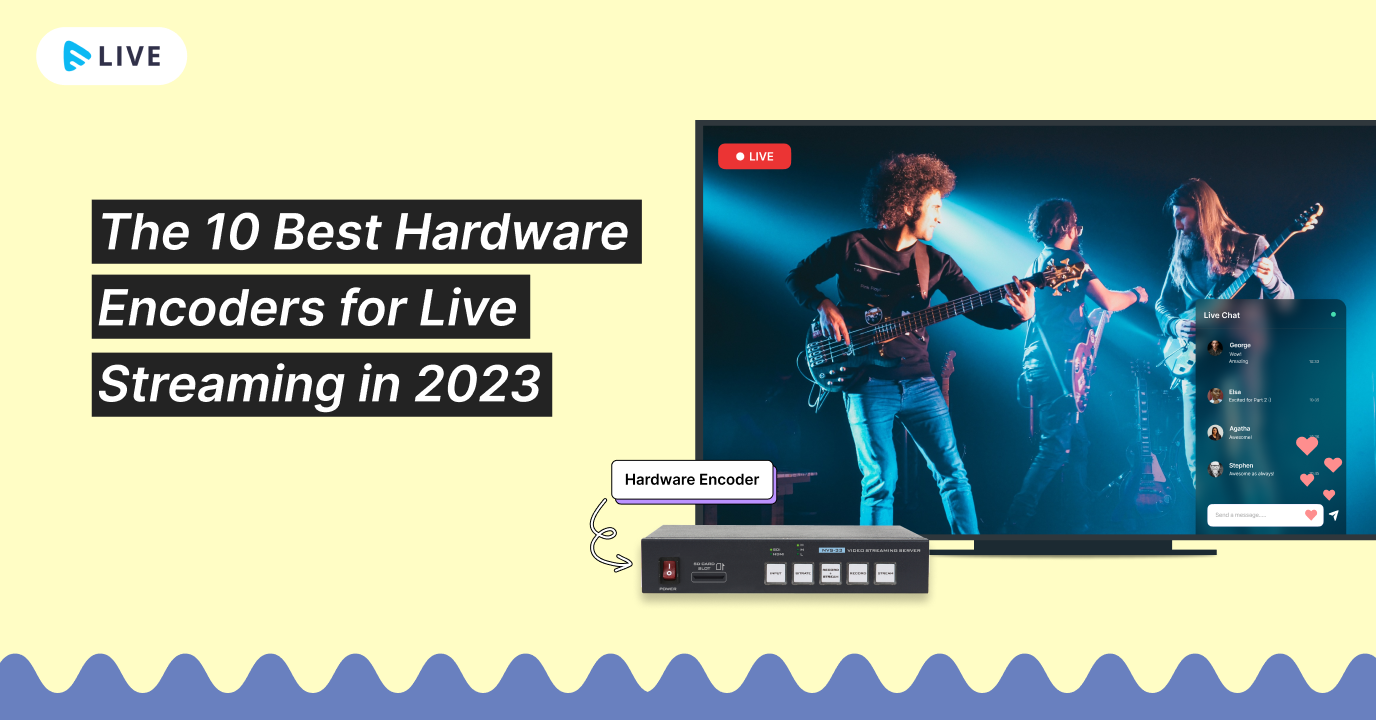

















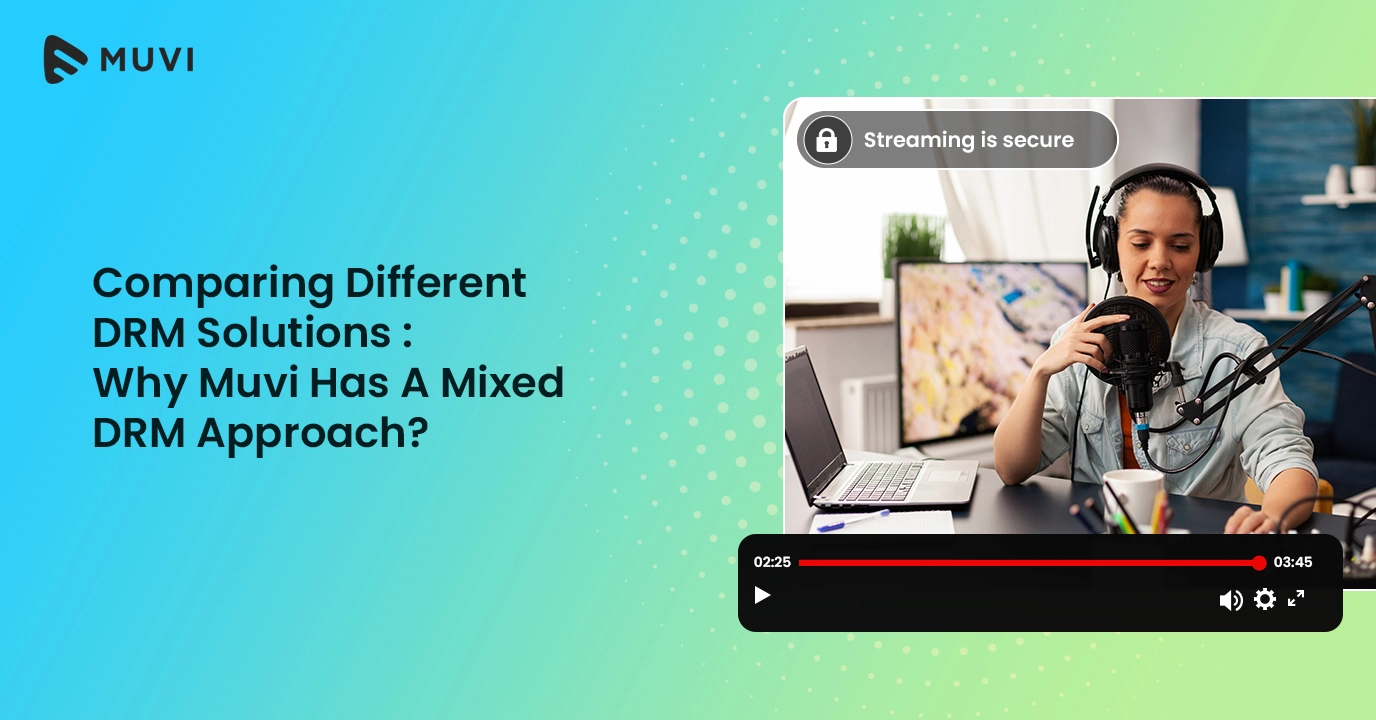
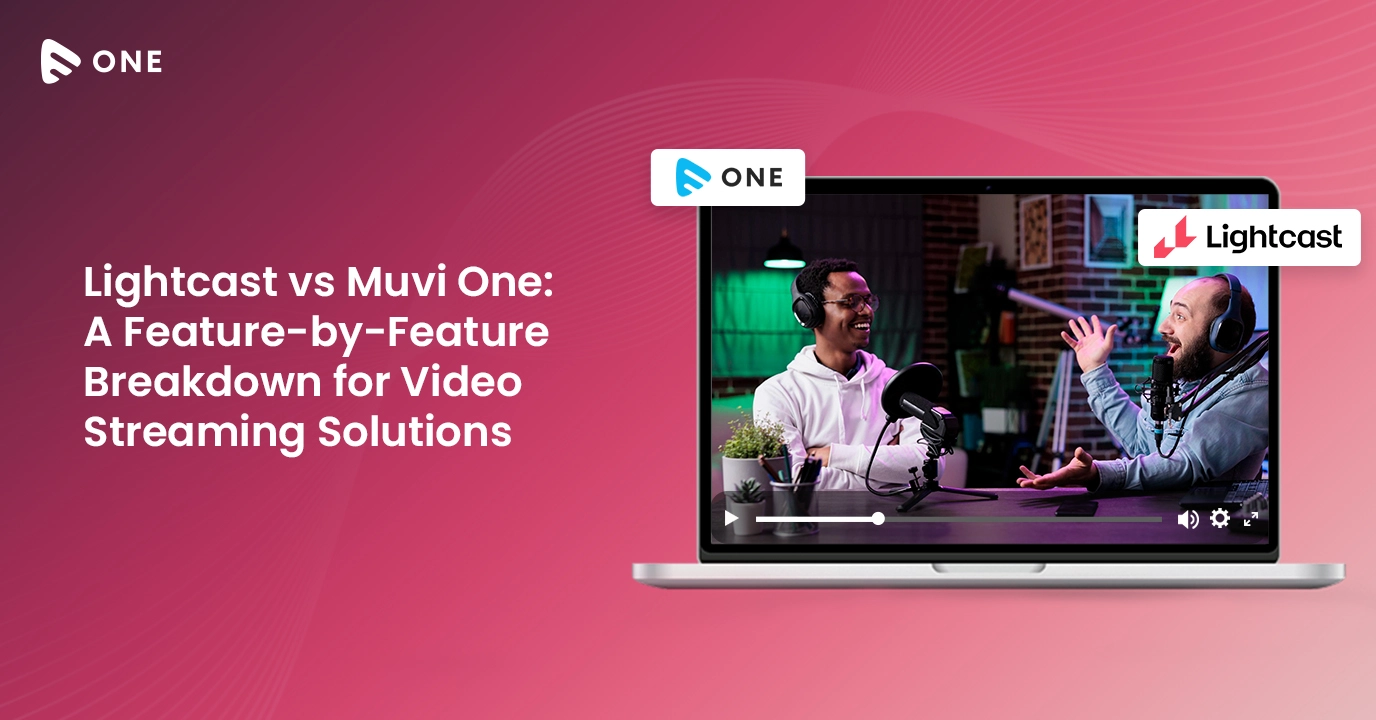
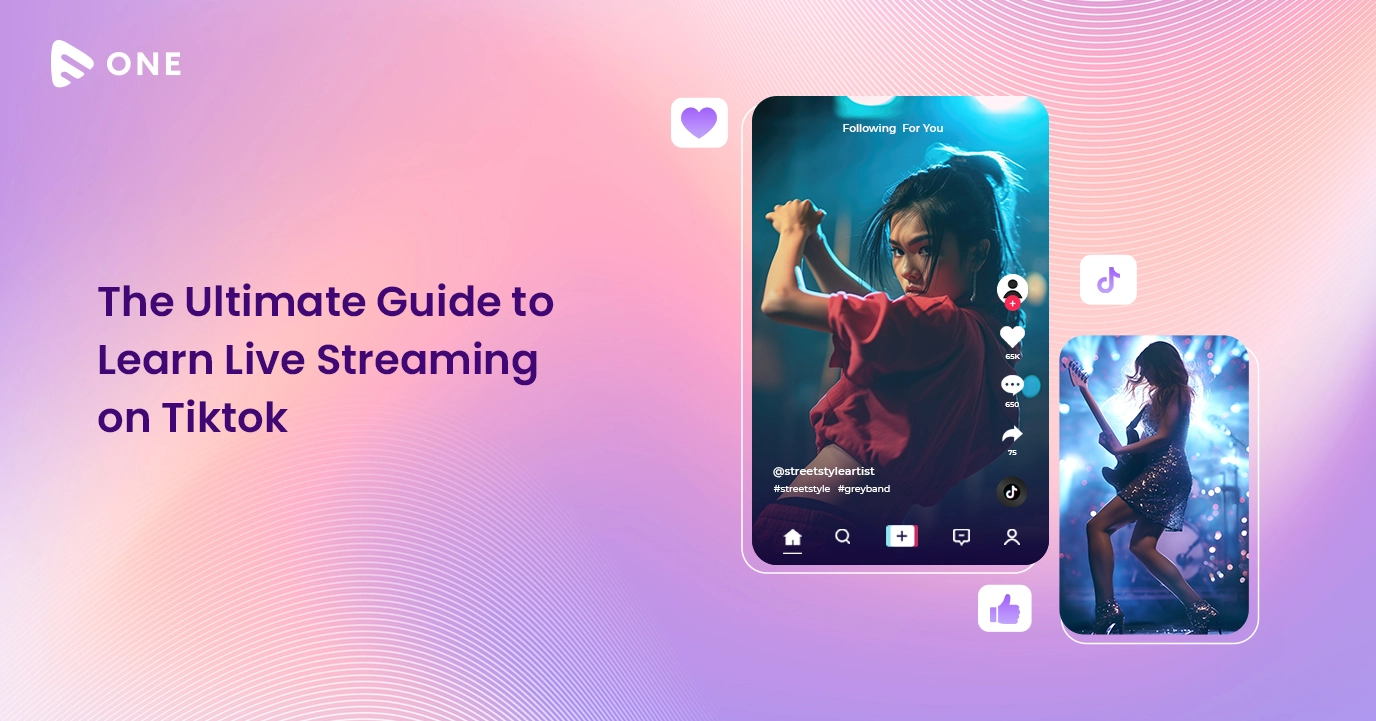

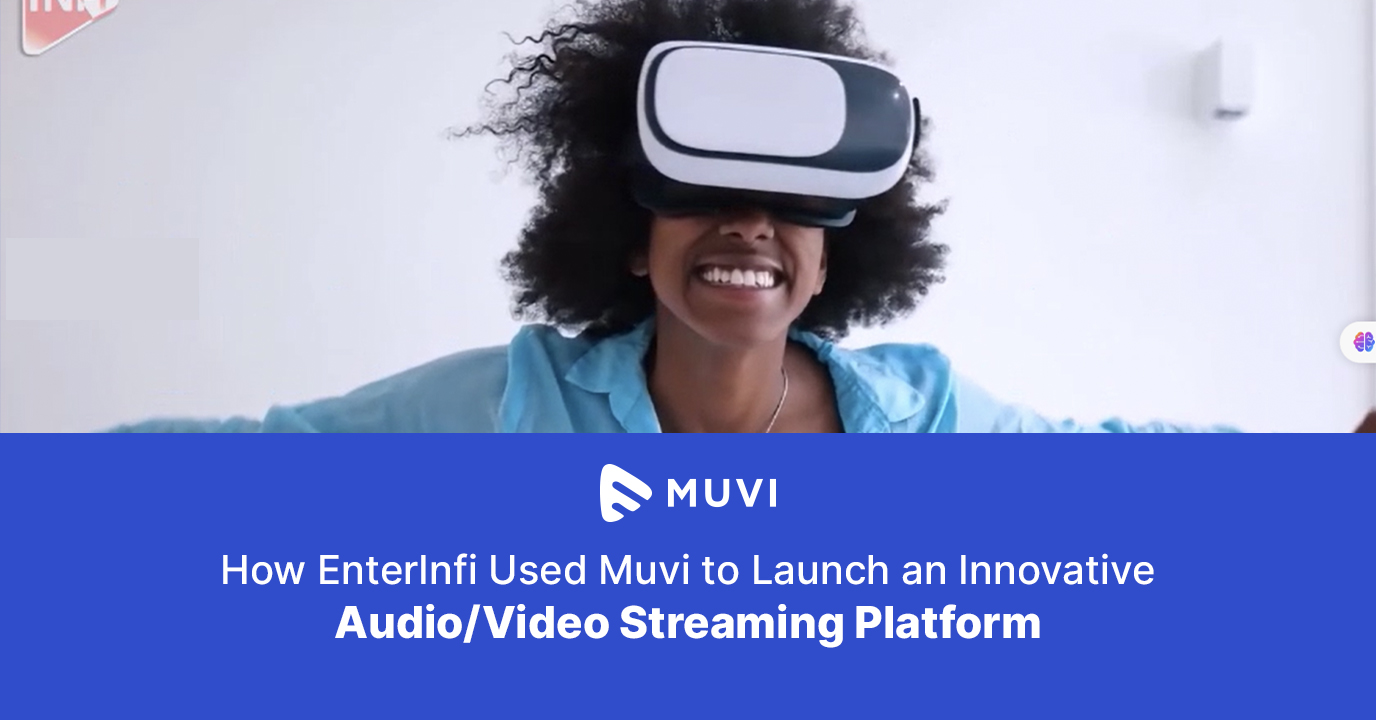








Add your comment